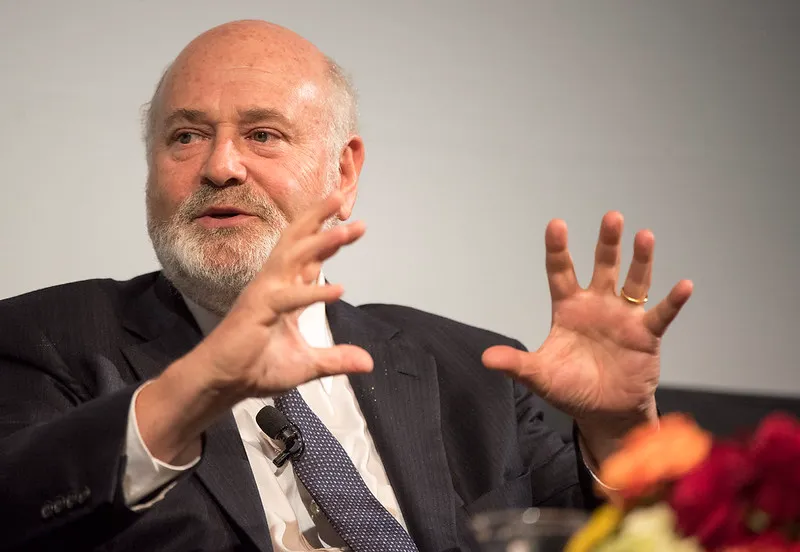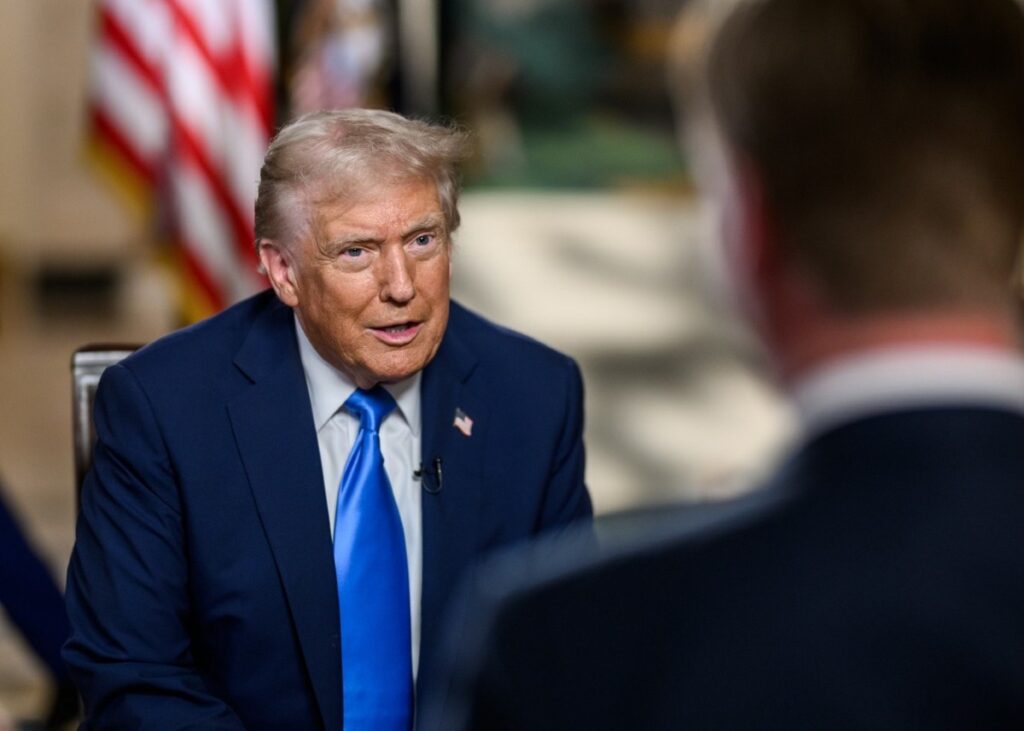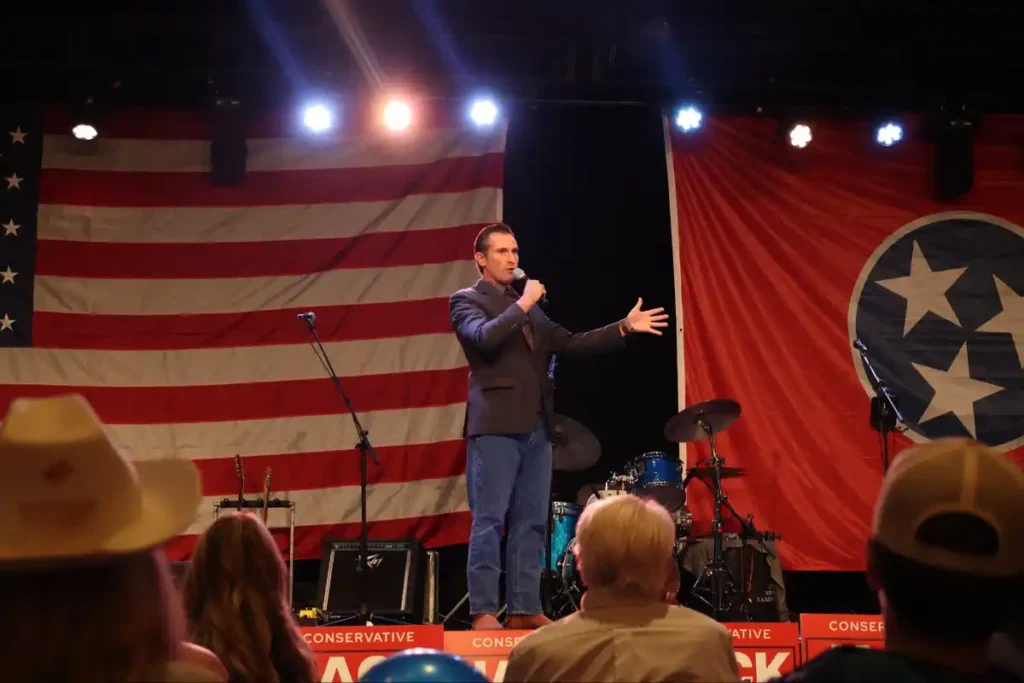The Federal Reserve slashed interest rates by half a percentage point on Wednesday, marking its first rate reduction since the early days of the COVID-19 pandemic. The central bank’s aggressive move signals a pivot from its inflation-fighting stance to one more focused on maintaining employment levels.
Fed Chair Jerome Powell spoke to reporters citing the risks they see to achieving their employment and inflation goals as roughly in balance. He further mentioned that they are attentive to the risks to both sides of their dual mandate.
The federal funds rate now sits at 4.75% to 5%, down from the previous range of 5.00% to 5.25%. This decision aims to lower borrowing costs across the economy, from mortgages to credit cards.
Labor Market Concerns Drive Decision
Recent data shows the job market cooling faster than anticipated. The unemployment rate climbed to 4.2% in August, up from 3.8% a year earlier. This rapid increase sparked concerns about a potential recession.
Brian Coulton, chief economist at Fitch Ratings, suggested that the Fed may be more concerned than most about the state of the labor market.
The Fed now projects unemployment to reach 4.4% by year’s end, higher than its June forecast. This adjustment reflects growing worries about job losses outweighing inflation concerns.
Market Reaction and Economic Outlook
Wall Street responded positively to the larger-than-expected cut. The Dow Jones Industrial Average jumped over 300 points immediately following the announcement.
However, the Fed’s decision wasn’t unanimous. Governor Michelle Bowman voted for a smaller quarter-point reduction, highlighting internal debates about the appropriate pace of easing.
Inflation Progress and Future Risks
While inflation has cooled significantly from its 9.1% peak in June 2022, it remains above the Fed’s 2% target. The latest data shows annual inflation at 2.5%.
Powell said that they are encouraged by the progress they have made. Powell said, while cautioning that, they are certainly not saying mission accomplished or anything like that.
The Fed must balance the risk of cutting rates too quickly, which could reignite inflation, against moving too slowly and potentially weakening economic growth.
Similar Posts
Global Implications and Sustainability Considerations
The Fed’s shift could influence monetary policy decisions worldwide. Central banks in Europe and Asia may feel pressure to follow suit, potentially impacting global trade and capital flows.
From a sustainability perspective, lower interest rates could spur investments in green technologies and renewable energy projects. However, they may also encourage increased consumption and resource use, presenting a complex trade-off for policymakers focused on long-term environmental goals.
Housing Market Impact
The rate cut is expected to provide some relief to the struggling housing market. Mortgage rates have already begun to decline in anticipation of the Fed’s move. The average 30-year fixed mortgage rate fell to 6.20% last week, down from 7.79% in October.
Sean Grzebin, head of consumer originations at Chase Home Lending, reported increased home buying activity due to optimism around falling mortgage rates. He said that there’s been a lot more activity than they would typically see this time of year.
Consumer Impact and Economic Indicators
For consumers, the rate cut should translate to lower borrowing costs on various financial products. Credit card interest rates, auto loans, and personal loans are all likely to see reductions in the coming months.
Recent economic data presents a mixed picture. While retail sales showed unexpected resilience in August, rising 0.1% instead of the projected 0.2% decline, the labor market continues to cool. Job gains averaged 202,000 per month over the past twelve months, a notable slowdown from earlier in the year.
Long-term Economic Effects and Risks
The full impact of this rate cut may take months or even years to fully materialize throughout the economy. Economists will be closely monitoring indicators such as GDP growth, inflation rates, and labor market statistics to gauge its effectiveness.
There are potential long-term risks to consider, including the possibility of creating asset bubbles or encouraging excessive risk-taking in financial markets. The Fed will need to remain vigilant and ready to adjust its policy as economic conditions evolve.
Public and Political Reactions
The timing of the rate cut, coming less than two months before a presidential election, has drawn some political scrutiny. House Speaker Mike Johnson called the timing “a little suspect,” while Democratic Rep. Alexandria Ocasio-Cortez praised the move as “long overdue.”
Powell emphasized the Fed’s political independence, stating that they were not serving any politician, any political figure, any cause, any issue, nothing. It’s just maximum employment and price stability on behalf of all Americans.



